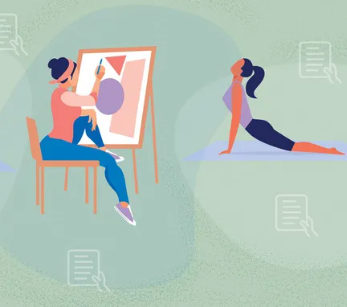Every student learns differently, and recognizing these differences can make a big impact in the classroom. The theory of multiple intelligences, introduced by psychologist Howard Gardner, helps explain the variety of ways students process and understand information. Instead of viewing intelligence as a single ability, Gardner proposed that there are several distinct types of intelligence, each representing different strengths and talents.
The Eight Types of Multiple Intelligences
-
Linguistic Intelligence
Students strong in this area enjoy reading, writing, and storytelling. They often excel in learning languages and expressing themselves clearly. -
Logical-Mathematical Intelligence
These students are skilled in reasoning, problem-solving, and working with numbers. They are often drawn to science, math, and logical puzzles. -
Spatial Intelligence
This intelligence involves the ability to visualize and manipulate objects in the mind. Students may enjoy drawing, design, or building things. -
Bodily-Kinesthetic Intelligence
Students with this strength learn best through movement and hands-on activities. They often do well in sports, drama, or crafts. -
Musical Intelligence
These students have a strong sensitivity to sounds, rhythms, and music. They may enjoy singing, playing instruments, or composing music. -
Interpersonal Intelligence
Students with strong interpersonal intelligence are good at understanding others. They are often empathetic, enjoy group work, and are strong communicators. -
Intrapersonal Intelligence
This intelligence reflects a deep awareness of one’s own thoughts and feelings. These students may prefer working alone and enjoy reflection and self-motivation. -
Naturalistic Intelligence
Students strong in this area are drawn to nature and enjoy observing animals, plants, and the environment. They may enjoy outdoor learning and exploring the natural world.
Why It Matters in Education
Understanding multiple intelligences helps educators create more inclusive and effective learning environments. By recognizing each student’s unique strengths, teachers can design lessons that engage different types of intelligenceencouraging more active participation and deeper understanding.
For example, a science lesson can include reading material for linguistic learners, hands-on experiments for kinesthetic learners, and charts or diagrams for spatial learners. This approach not only supports academic success but also builds confidence and motivation in students.
Encouraging Growth in All Areas
While students may naturally excel in certain areas, it’s also important to nurture a well-rounded development. Teachers and parents can encourage growth in all intelligences by offering diverse activities, supporting curiosity, and creating a positive space for exploration.
Final Thoughts
The theory of multiple intelligences reminds us that every student has unique ways of learning. When educators understand and appreciate these differences, they can better support students in reaching their full potential. Embracing multiple intelligences fosters a more personalized and engaging approach to educationone where all learners can thrive.






